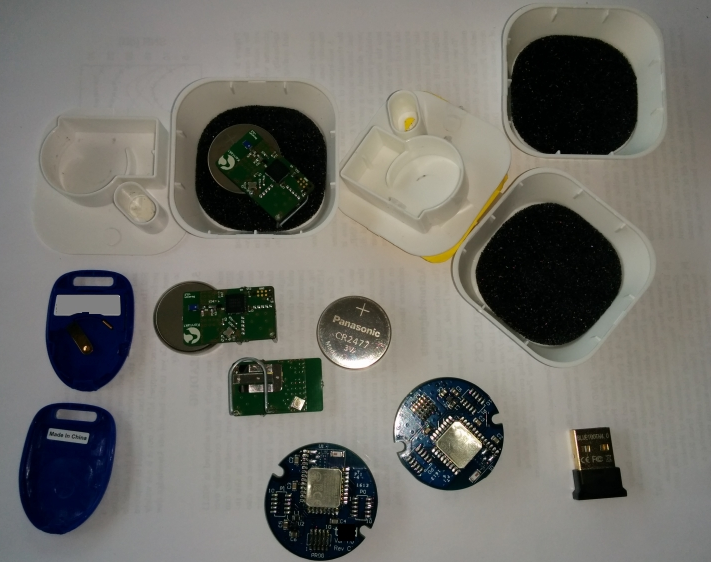

Both UriBeacon and Apple’s iBeacon serve two entirely different purposes. UriBeacons are aimed at delivering a URL when they see the user with physical web app on smartphone in proximity, while Apple’s iBeacon delivers the branded campaigns/notifications.
How do UriBeacons work?
The concept of UriBeacons is similar to Apple’s iBeacon. A specially formatted Bluetooth Low Energy (BLE) advertising packet is sent out from a radio to anyone in the radio range. UriBeacons transmit URLs, while Apple’s iBeacon transmit UUID.
UriBeacons allow an ‘interaction on demand’ service which enables the users to just walk up to and interact with any smart device without the requirement of a mobile app. The users could just stand at a bus terminus and receive the arrival time of the next bus, without even downloading the app.
Do Google Physical Web / UriBeacons aim at replacing Apple’s iBeacon?
Not really. In fact, they both complement each other. Though we don’t see both of them as a “versus” situation, let’s have a showdown:
Slide image courtesy of Sean O Sullivan
iBeacon: Involves a dedicated app to listen to that particular beacon’s signal
UriBeacon: Does not require a dedicated app. Any UriBeacon browser can detect all the other smart devices within their direct locality.
iBeacon: Accounts interaction ‘events’, allowing detailed reporting of time and proximity to a beacon.
UriBeacon: Analytics record ‘click’ interactions and enable the “Physical Web”.
iBeacon: Possess active mode (pull) and passive mode (push) interactions. Passive mode can wake a sleeping app to notify the users of a particular event, offer or message.
UriBeacon: The core standard of UriBeacon is that there are no push notifications that wake the device. The users need to choose to engage with UriBeacons in that area and scanning occurs only when the screen is on.
iBeacon: The mobile apps can be programmed to “remember” the visits and serve messages according to the user types. Eg: First-time visitor, frequent visitor, etc.
UriBeacon: The user visits can be counted and recorded in “cookies” and different messages can be served to varying user types. Eg: First-time visitor, frequent visitor, etc.
iBeacon: The range depends on the beacon model while BKON beacons range up to 300+ feet at full power.
UriBeacon: The range is the same as iBeacon. Depending on the model, beacons range up to 10-30 meters at full power.
UriBeacon has limitation in content richness in notifications and branded pages. On the other hand, Apple’s iBeacon offers the flexibility of rich and personalized notifications along with campaigns.
Some vendors providing UriBeacons are Blesh, GoPlus, BlueUp, iBLio, Twocanoes, BKON, etc. Industry experts believe that Physical Web will have a stronger presence in the coming few years. Let’s see how businesses use the UriBeacon to extend the core superpower of web.